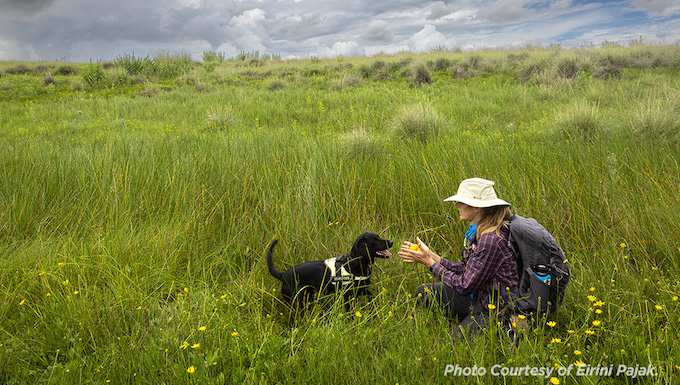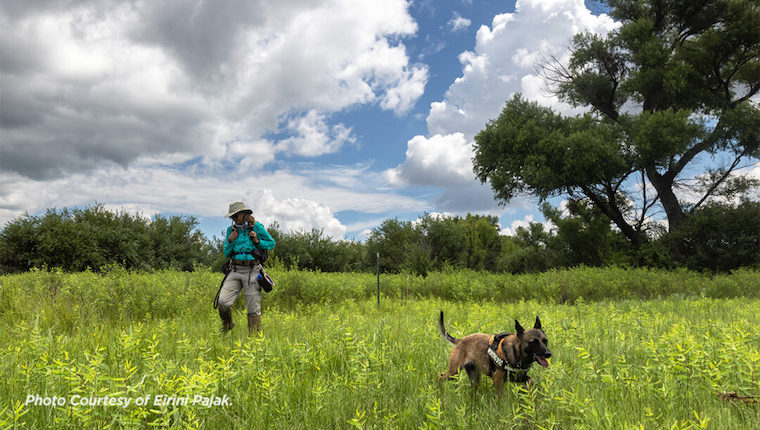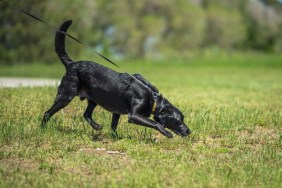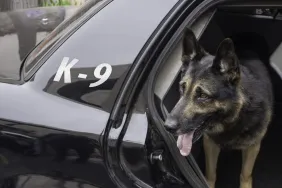
Two dogs are helping researchers from the Desert Botanical Garden (DBG) find rare and endangered orchids growing in southern Arizona. Circe and Muon, trained for two months by Lauralea Oliver with K9inScentive, use their snouts to find Canelo Hills ladies’-tresses (Spiranthes delitescens), which were listed as endangered in 1997.
The orchid, which grows in a rare desert wetland native to the Southwestern United States, has seen decline since 2016.
Orchid-Sniffing Conservation Pups
In August, researchers took the canines to the site of the two existing orchid populations to test their abilities. Researchers had their doubts. However, the pups didn’t disappoint.
Researchers gave Circe and Muon quite the challenge. The endangered orchid has a short flowering time period. This, in combination with the dense vegetation in which they grow, should make them difficult to find. Still, the pups’ sense of smell steers them to the flower, even when they aren’t blooming!
Oliver says she trained the canines by having them sniff the leaves and roots of a close relative to ladies’-tresses orchids. The endangered orchids are an important part of the desert ecosystem, but they grow in ciénegas — a type of desert wetland that is disappearing because of the western megadrought, reported Axios.com.
Continuing Research
In addition to working on this project, Oliver is continuing with the dogs’ scent training for the next fieldwork project.
“Now that we’ve shown that the dogs can successfully find these plants in the wild, the next step will be for them to continue their training with the live plants in California. We will bring them back to Arizona next year with more experience where they can hopefully find even more plants at the existing sites and rediscover plants at the three sites where they have not been seen for over a decade,” said Steve Blackwell, conservation collections manager at DBG.
Blackwell would love to use the pups to locate endangered cacti in the future. “If it takes dogs to get people interested in plants, then whatever it takes,” he added.
The researchers’ efforts were made possible by funding from the U.S. Fish and Wildlife Services in partnership with the Smithsonian.









